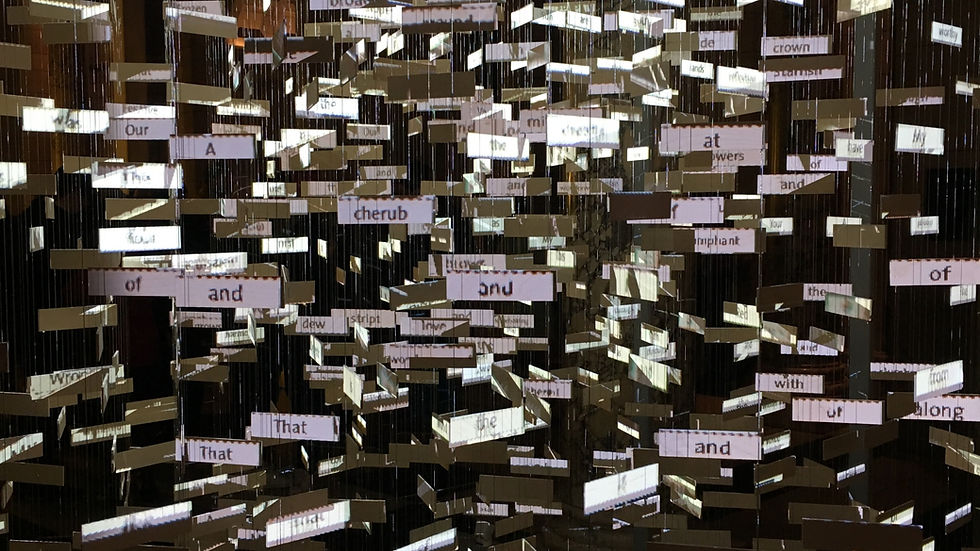
Lord Justice Arnold has clarified the test for originality in a copyright case concerning whether risk and price charts (such as the one pictured) constitute graphic works within section 4(1)(a) of the Copyright, Designs and Patents Act 1988.

In a Court of Appeal judgment with which the other two appeal judges agreed, Arnold LJ said that the first instance judge wrongly applied the “skill and labour” test rather than the “author’s own intellectual creation” test established by the CJEU in Case C-5/08 Infopaq International A/S v Danske Dagblades Forening.
He explained that “these two tests are not the same, and the European test is more demanding”. As set out in Case C-145/10 Painer v Standard Verlags GmbH. However, the test may be satisfied even by a simple portrait photograph. In this case, the judge said the degree of visual creativity that went into the risk and price charts was “low”:
“But that does not mean that there was no creativity at all. The consequence of the low degree of creativity is that the scope of protection conferred by copyright in the R & P Charts is correspondingly narrow, so that only a close copy would infringe … It does not mean that the R & P Charts are not protected by copyright at all, which would have the consequence that even an identical copy would not infringe.”
He therefore upheld the first instance finding that the charts were original, even though the judge had applied the wrong test.
Copyright infringement
Having reviewed the convoluted procedural history in detail, Arnold LJ concluded that the defendants had used images generated by the software in a presentation on YouTube and in an earnings class.
Notably, he found that the defendants never pleaded any case on communication to the public in the UK. Moreover, during the litigation a solicitor representing the defendants admitted infringement if subsistence and authorship/ownership was proved. This admission affected later disclosure and the defendants never sought to withdraw that admission.
The first instance judge was therefore wrong to deal with the issue of infringement in his judgment (finding that there was none) “because no such issue was before him” – although he was not to blame as he was not aware of the defendants’ admission and the claimants had not raised any objection until after the judgment was handed down. The first instance judge was also wrong to reject the claimants’ submissions post-judgment.
What does this mean?
This judgment clarifies the test for copyright originality and should be read in the light of Arnold LJ’s recent judgment in Wright v BTC Core (here). He emphasised five points about the test:
it is an objective one;
it is not about artistic merit: section 4(1)(a) of the 1988 Act expressly provides that graphic works qualify as artistic works "irrespective of artistic quality", and nothing in the case law of the CJEU suggests otherwise;
the burden of proof lies on the claimants;
given that the case concerned graphic works, a key item of evidence was the works themselves.
the functionality of the software is irrelevant. The enquiry concerns the visual appearance of the charts; given their informative purpose, the visual appearance is primarily a matter of the layout of the charts.
In overturning the first instance finding on infringement, the Court of Appeal took a balanced view of all the circumstances of the case. Its finding is a reminder to parties to be careful about statements and admissions made during litigation proceedings, and to clearly set out if positions or circumstances change.
To find out more about the issues raised in this blog contact Rosie Burbidge, Intellectual Property Partner at Gunnercooke LLP in London - rosie.burbidge@gunnercooke.com